Australian flu, swine flu, norovirus, the common cold - The Oxford Dictionary defines lurgy as "an unspecified or indeterminate illness", so whatever you are suffering from, it’s probably going to be rubbish. But what are the best cures and which should you throw out with your snotty tissues? Here’s the science behind some of some common remedies and thedosanddon’tswhen it comes to treating the dreaded winter lurgy.
Colds
It’s an invading alien, and humankind’s most enduring foe. The nasty little cold virus injects its genes into our cells and reprograms them to assemble hundreds of new versions of itself. Within hours of infection, there are millions of these invading lifeforms milling around inside our bodies. No wonder we feel so lousy when we catch a cold.
The body’s immune system mounts a massive rearguard action against the proliferating invaders, and it’s actually this immune response that causes many cold symptoms. Coughs, sneezes, an inflamed throat and prolific mucus production are all part of the body’s efforts to eject the little squatters.
There are some 200 cold-causing virus types, but most of those are either rhinoviruses or coronaviruses. We pick them up from anything our hands touch, such as door handles, as well as from close-range sneezes. The source is usually schoolchildren, who often spread germs thanks to their grubby fingers and sneezing. On average children get seven to 10 colds a year, adults two to five.
Symptoms can take anything between two and 16 days to develop after exposure, and last a week on average.
Do take zinc supplements
The mineral zinc seems to stop cold viruses from replicating. Trials since the 1980s have examined whether taking zinc tablets or syrup prevents or shortens a cold, and the latest assessment is that zinc is more effective than many other cold cures. Zinc supplements taken within 24 hours of cold symptoms beginning could reduce the cold duration by as much as 40 per cent. Taking zinc can have side effects in some people, such as producing a bad taste in the mouth and nausea, but there’s no evidence that the supplements cause long-term harm.
Don’t take ibuprofen
It’s the aches and pains that can be the most gruelling bit of a cold, and taking over-the-counter painkillers often seems the best way to counter them. But don’t turn to ibuprofen (commonly sold as Anadin Ultra, Nurofen or Cuprofen) to help the common cold. Research at the University of Southampton shows that paracetamol is a better option for relieving cold symptoms, and that ibuprofen might prolong them. By dampening inflammation in the body, it may sabotage the body’s immune response. Oddly, this effect doesn’t seem to apply to children, who do benefit from ibuprofen-based cold preparations.
Do cover your nose
Remember mum wrapping you in that embarrassing scarf as she packed you off to school? She was right. Getting cold does cause colds, especially when it’s the temperature of your nose that drops. Astudyat the Common Cold Centre at Cardiff University chilled the feet of 90 students for 20 minutes and showed that the chilled group had twice as many colds over the next five days as 90 students whose feet were not chilled. Prof Ron Eccles of the Centre says that cold temperatures slow down bug-killing white blood cells (leukocytes). Since most germs enter our bodies through the nasal membranes, a cold nose can result in viruses developing at their entry point.
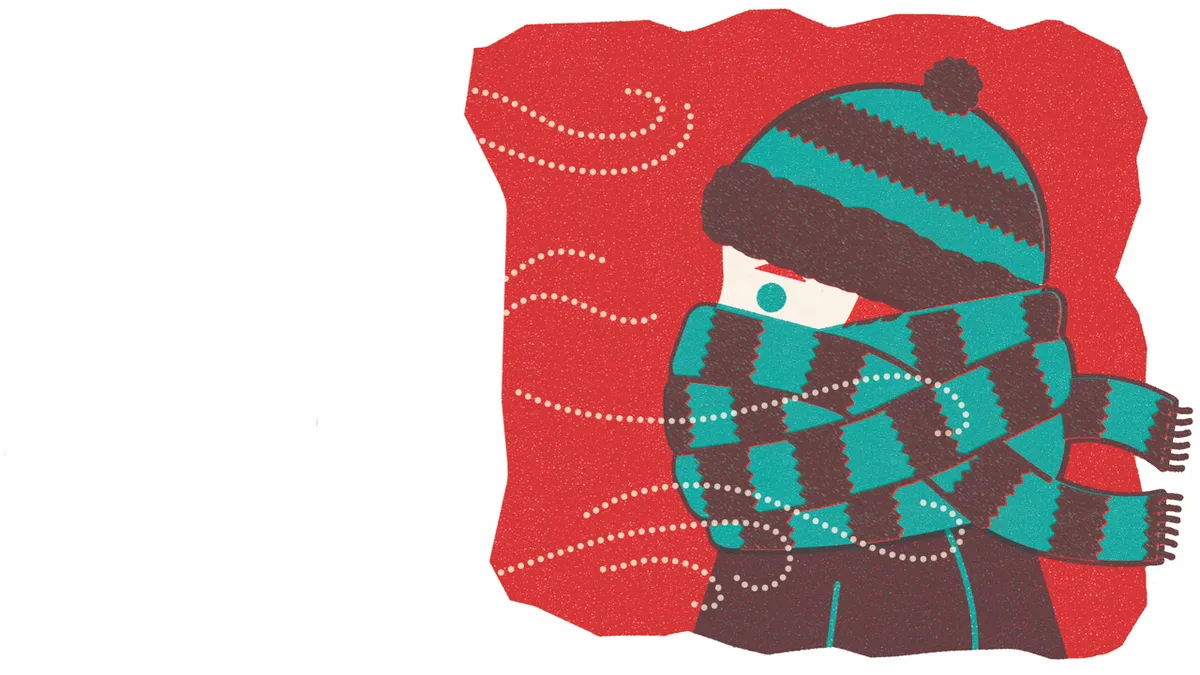
Don’t ask for antibiotics
You’re probably ahead of us on this one. Of course antibiotics won’t work for colds: they kill bacteria, and colds are caused by viruses. True, but many doctors do still prescribe antibiotics in the belief that they will prevent secondary bacterial infections – for example, the sticky yellow snot phase (not a scientific term) that can follow a bad cold. Now researchers have found that they don’t even help with this: the course of a cold is the same whether you have antibiotics or not. Given that antibiotics can also cause side effects such as tummy upsets, it really is pointless for doctors to prescribe them for colds – or for us to ask for them.
Do take Vitamin C
Ever since Nobel laureate Linus Pauling announced in 1970 that taking 1,000mg of Vitamin C could reduce colds by 45 per cent, debate has raged about whether he was right or wrong. A 2013 review of all the evidence, published by scientific review body the Cochrane Collaboration, gives aqualified seal of approval. Routinely taking Vit C reduces the duration of a cold. It doesn’t prevent most people from getting a cold in the first place, but it does seem to stave off colds in sports people and others who put their bodies through extreme stress. Vit C also has the great benefit of causing no side effects – unlike some cold medicines from the pharmacist.
Don’t inhale steam
Putting your face over a bowl of boiling water and inhaling the steam loosens mucus in the nose and the nasal cavity, making it easier to breathe. At least that’s the theory. But a review of all the evidence found that though steaming seemed to help cold symptoms in some studies, there were just as many that found it hadno effect whatsoever. The review, from the Cochrane Collaboration, noted that adverse effects of steaming included discomfort, running of make-up and increased stuffiness. Some studies have even recorded facial scalds as a result of steaming. All in all, said the Cochrane review, it can’t be recommended.

Flu
There are sniffles, colds, bad colds, man flu... and flu. Where do you draw the line? The research shows it’s actually quite blurry: the colleague who claims flu when he has the same bug you called a cold last week may not be as pathetic as you think.
Both colds and flu are viral infections of the upper respiratory tract, and how doctors classify the infection depends simply on how bad your symptoms are. Studies show that influenza viruses account for 5-15 per cent of all ‘colds’, and cold viruses are responsible for much flu-like illness. Your age, fitness and state of health can all influence whether you experience an infection as a cold or flu.
Flu-type infections come on suddenly, and are characterised by fever, cough, headache, sore throat, aches, nasal congestion, weakness and loss of appetite. True flu is caused by influenza viruses of the family orthomyxoviridae. It’s a nasty bug that can lead to other infections and even death in the weak or elderly. Its worst symptoms generally last a week, but you can feel weak for days after that.
Do wash your hands
A wealth of evidence shows that regular handwashing can prevent you picking up flu – especially when children are in the vicinity. Two trials have reported that repeated handwashing reduces the incidence of colds and flu by as much as 20 per cent. How well you wash your hands is important – you have to actually wash the viruses off, because heat and water won’t kill them. One study of children showed that regular hand-washing with “extra hand-rubbing” reduced cases of infection by as much as 38 per cent. The jury is still out on the question of whether protective gels and hand sanitisers bring any additional benefits.
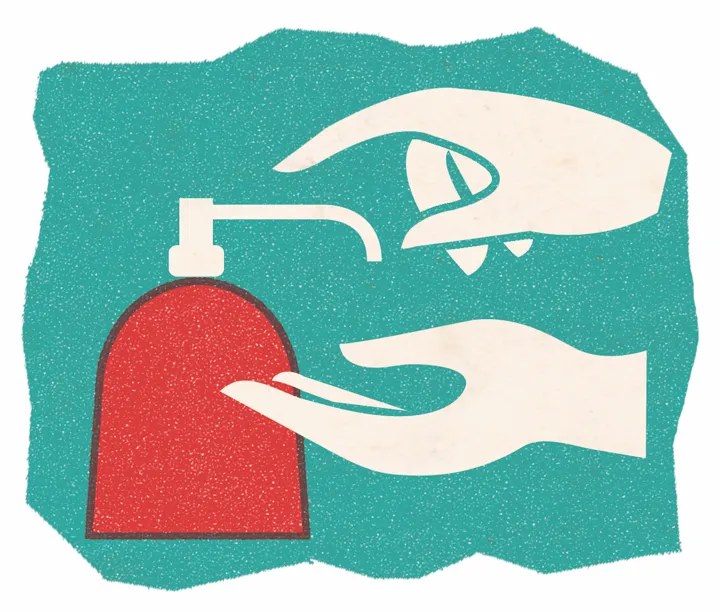
Don’t touch your face
Your hands, which touch hundreds of microbe-covered objects every day, are the vehicle most likely to carry flu viruses into your body. Rubbing or touching your nose transmits the viruses to the soft nasal membranes where they can colonise. Touching your eyes has the same effect because ducts in your eye drain into the nasal cavity. You can reduce your chances of getting flu by leaving your face alone, according to Prof Ron Eccles of Cardiff University’s Common Cold Centre.
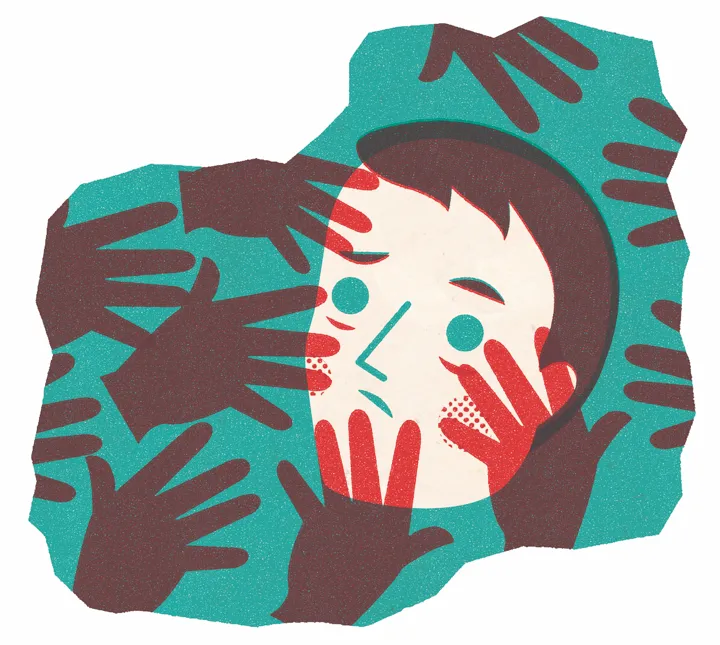
Do eat chicken soup
Sometimes it’s only a matter of time before science confirms something mums knew all along. Chicken soup isn’t just comforting, it does actually help your body fight off a flu infection. A decade ago, researchers at the Nebraska Medical Center in the US found that home-made chicken soupreduced the tissue inflammationthat can cause the aches that come with flu. And in 2013, research published in the American Journal of Therapeutics showed that an amino acid called carnosine, found in chicken soup, creates the right chemical environment for our immune systems to fight off the flu virus effectively.
Don’t rely on antivirals
Drug company research shows that anti-viral drugs like Tamiflu and Relenza slow down the rate at which viruses infect cells, and many doctors in the UK prescribe them when they think someone’s life might be threatened. Between 2006 and 2014, the government spent £424 million stockpiling Tamiflu in case of a global flu outbreak. But how well do they work? A recent authoritative review of all the evidence said that the research indicating their benefits was poor quality, and that their effectiveness was still unclear.
Do get a flu jab
Every winter doctors can provide a vaccine specially tailored to protect you against the most common flu viruses in circulation. And it’s not just for older people: in the UK, doctors recommend the annual flu vaccine (which isavailable on the NHS) for pregnant women, and adults or children with long-term health conditions or weak immune systems. The vaccine doesn’t protect against all the viruses that produce cold- or flu-like symptoms, but it does protect against those that are most likely to cause serious illness.
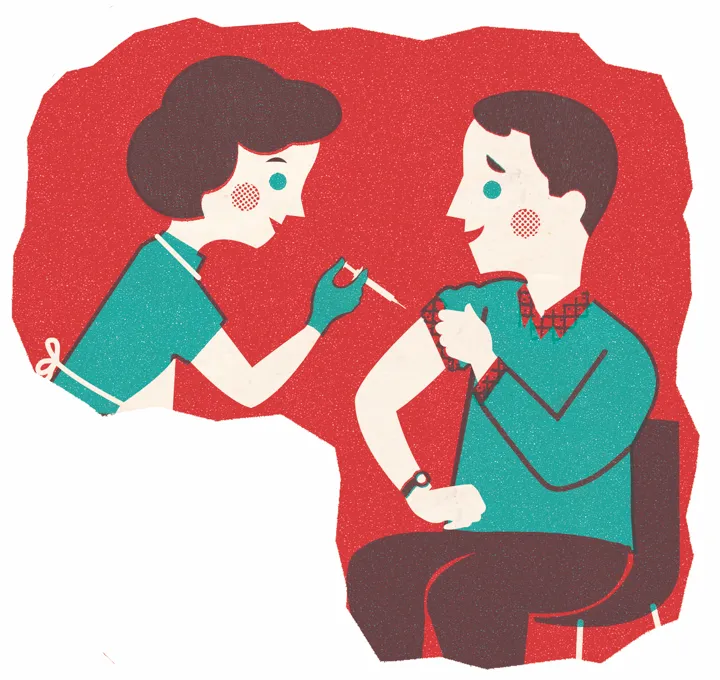
Don’t forget your flu jab
Just because you’ve had the flu jab one year doesn’t mean you’re protected for life. The flu vaccine is a dead version of the flu virus that is prevalent in any given year: injecting this primes your body’s immune system to fight it. But influenza viruses are continually mutating – their genetic material changes as they proliferate. This means that the virus you fought off with a vaccine in 2017 may have evolved into something quite different by 2018.
Sore throat
To a microbe, your throat is a welcoming warm sofa, and the inviting gateway to a cosy host. That’s why your body packs this area with protective lymphoid tissue – tonsils and adenoids – which contain antibodies (lymphocytes) to fight off germs before they can enter. In the battle against the winter lurgy, your throat is the frontline.
As viruses and bacteria proliferate in and among this lymphoid tissue, the body launches its immune response, and the throat area becomes engorged with blood and lymph (the fluid that sits between tissues) to deliver white blood cells to every front in the battleground. This can result in the swollen and sore throat that is so often characteristic of the start of a cold.
Around 70 per cent of the sore throats we experience are caused by viruses. The name that doctors use for a sore throat is pharyngitis (it means inflammation of the pharynx, the upper throat).
Do gargle
Doctors consistently advise that gargling with warm, salty water is as good as anything when it comes to reducing the swelling and pain of a sore throat. It may also help prevent colds in the first place. A study from Kyoto University, Japan, a country where gargling is common, found that simply gargling with water was effective at preventing colds and flu in healthy young people.

Don’t try Chinese medicinal herbs
Herbal medicines are widely used for sore throats in China, and Chinese research shows they bring significant improvements. The problem is that the studies don’t meet world research standards, and an expert review has concluded that until preparations of these cures are standardised, and until there’s better research, they’re just not worth the risk.
Do take throat lozenges
They may look and taste like sweeties, but research shows that the throat lozenges you get from pharmacies really do make sore throats feel better. Separate, authoritative studies of throat lozenges containing the antiseptics amylmetacresol and 2,4-dichlorobenzyl alcohol – for example Strepsils – have found that they reduce pain and generally make people feel better.
Don’t breathe bad air
Smoking, pollution and chilled air can also cause or irritate a sore throat. A 2012 study of 6,500 people found that 28 per cent believed that they’d experienced a sore throat caused by air pollution in the past year, and 31 per cent thought they’d had one caused by air conditioning.

Norovirus
Norovirus, also called the winter vomiting bug, infects up to one million people in the UK every year, causing vomiting and diarrhoea for around two days. The hardy little virus can survive for days on surfaces before being picked up by fingers.
There’s no norovirus cure at the moment, but University of Cincinnati researchers unveiled an experimental vaccine a few years ago that hasshown promisein early trials. Meanwhile, researchers in the UK have invented avomiting robot called Larry to find out how far the germs travel when an infected person throws up. Nice.
Do keep hydrated
You’ll recover from norovirus much sooner if you look after yourself. Taking on enough fluid is important after vomiting and diarrhoea, but it can be difficult to keep it down. Take on water or rehydration drinks (not sugary drinks like cola which can make diarrhoea worse) every three minutes in small sips.
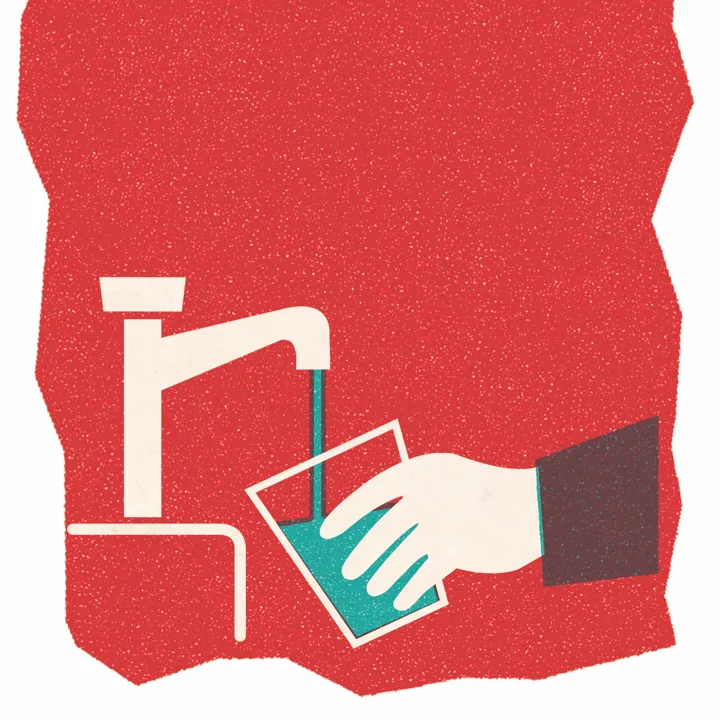
Don’t rely on hand sanitisers
Curiously, relying on antiseptic hand sanitisers rather than hand-washing might increase your chances of infection. A study published in the American Journal Of Infection Control found that health care staff who used hand sanitisers for routine hand hygiene weresix times more likelyto get the norovirus than those who preferred soap and water.
SAD
Seasonal affective disorder (SAD) is a type ofdepressionthat is more common in autumn and winter. It affects two million people in the UK and more than 12 million people across northern Europe but is rare in sunnier climes. Reduced exposure to sunlight is thought to play a key role. Symptoms include low mood and energy levels, and a need to sleep more. People with SAD have higher levels of melatonin (which promotes sleep) and lower levels of serotonin (which regulates mood). Recent research suggests that SAD could be caused by a genetic mutation that makes the eye less sensitive to light.
Do use artificial lights
Light therapy – exposure to bright artificial lights in winter – is an effective treatment for SAD, a recent review of evidence has found. According to the American Psychiatric Association, the effects are equivalent to antidepressant drugs. Light therapy can consist of simple exposure to bright artificial light, or ‘dawn simulation’, which attempts to simulate an earlier sunrise. Normal light bulbs won’t help: you’ll need a special SAD light.
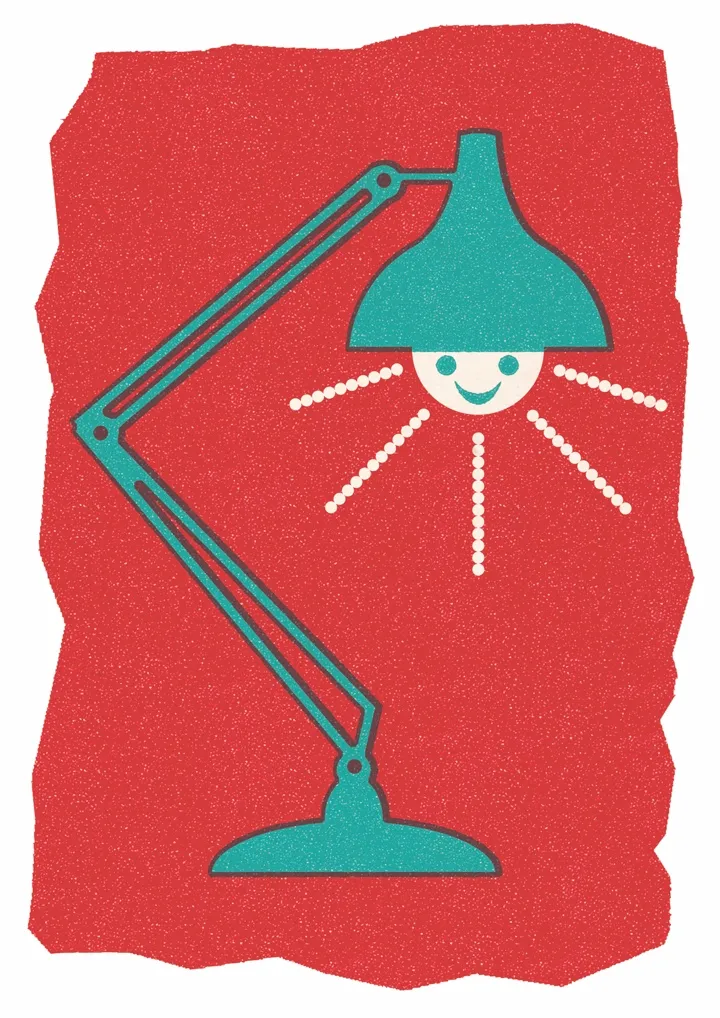
Don’t take vitamin D
Exposure to sunlight stimulates the skin to produce vitamin D, and lack of the vitamin due to reduced sunlight has been put forward as one possible cause of SAD. But research carried out at the University of Warwick has indicatedno link between depression and levels of vitamin D in the blood – so taking Vit D supplements is unlikely to help.

[This article was first published January 2018]